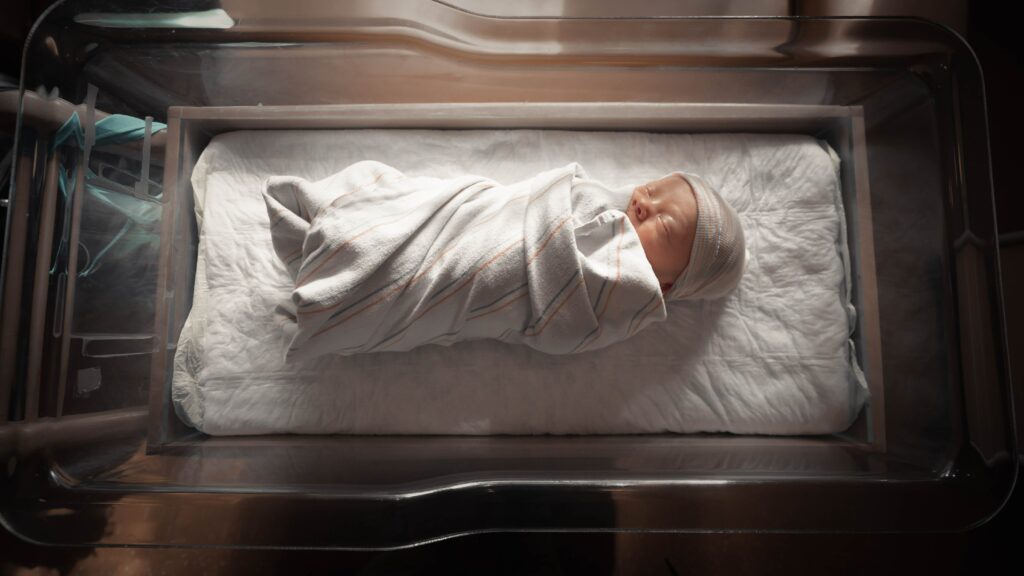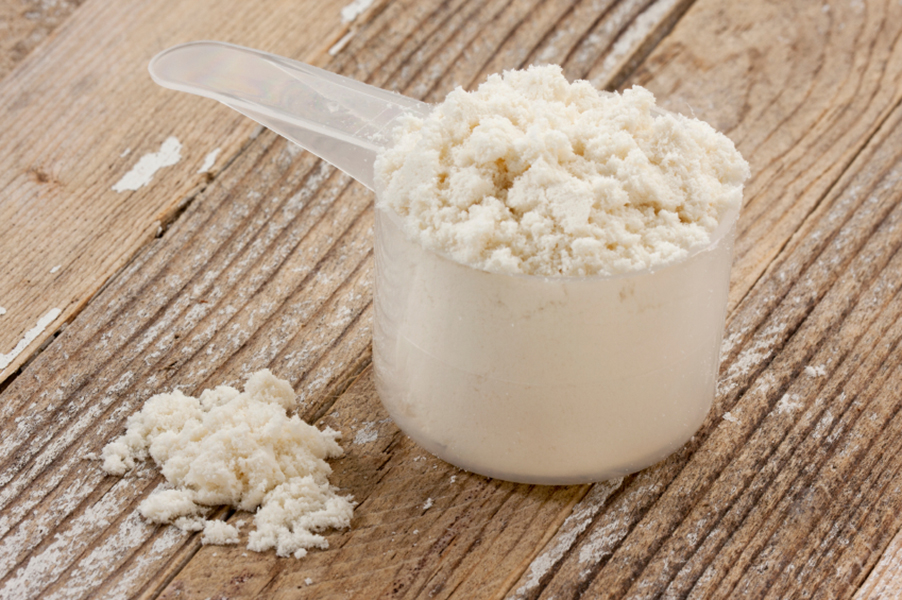8 Questions to Ask at Your 6-Week Postpartum Check-up

If you follow on Instagram, you may have read, tapped, commented, shared, or even blocked me after THIS post regarding perinatal fitness and the role your OB plays! Their job is to get your baby out safely – they are NOT trainers, fitness experts, or knowledgable in EVERY workout methodology to guide you on how YOU should modify YOUR workouts.
I stand by my previously expressed sentiment.
Yes, the conversation surrounding perinatal fitness and the post-partum re-entry to fitness is SUPER underwhelming. Our OB’s could stand to provide some more guidance but guess what. Most of them don’t. And after speaking with so many of you in passing, in the DM’s, and reading your comments, all evidence points to the fact that they most likely will NOT in the future.
Therefore, it’s up to us to be our best advocate and understand the RIGHT questions to ask to get the help and information we need to execute a fitness routine while pregnant safely, and after we give birth.
My Pelvic Floor Physical Therapist, Whitney Laurence, is the shit. Like, she’s so good. I received manual and internal therapy from her for five months after I had Luke, and honestly, it was like receiving an EDUCATION. She diagnosed and helped me recover from the below all while explaining in detail what she was doing and why, and how I should help myself.
- Diastasis recti
- Immobile scar tissue
- TIGHT pubococcygeus muscles as a result of the above
- And a minor bladder prolapse
I was proactive with my approach to my perinatal fitness, and I advocate that all mamas be the same.
BTW – Check out this post, this one, and this one too for modifications for exercise PER trimester.
After much discussion, Whitney and I came up with the list of questions below to help you guide your conversation with your OB during your 6-week check-up to ensure you’re doing your part before you re-enter your fitness game.
Question 1: What degree did I tear? And is my tear off to one side, right or left?
If you had a vaginal delivery, there is a chance you had a tear from birth in the 1st, 2nd, 3rd, or 4th degree. Furthermore, your tear may not have been evenly distributed, and therefore your scar may not be even as it heals. Immobile scar tissues can lead to pulling, tightness, daily discomfort, uncomfortable sex, and inflammation.
Question 2: Has my scar healed? And how do I mobilize my scar?
With a vaginal tear or c-section, Whitney recommends, self-massage within a week of postpartum. She says, “Start with GENTLE massage a few inches around the incision NOT massaging right on it or right next to it. Make sure you are standing up tall or laying flat because the tendency is to hunch over if you have an abdominal incision.”
She then goes on to explain, “If you have clearance that your scar has healed at your 6-week visit, start to massage the scar itself gently.”
A scar has four stages of healing: the final stage, “remodeling,” can start as early as your third week of therapy, but continues for YEARS. It’s NEVER too late to mobilize scar tissue.
Question 3: Do I have Diastasis Recti, if so, how many finger widths?
Abdominal separation during pregnancy is inevitable. Some women are fortunate enough to experience spontaneous healing, where the abdominal wall comes together on its own. Note – your abs are ALWAYS separate, so they never truly “close.”
Whitney shared nearly 52% of women have at least 2.0cm abdominal separation at 6-weeks postpartum. Now, that naturally reduces to 39% of women at six months postpartum, but you don’t need to wait for spontaneous healing, you can rehab your abs as early as 4-weeks postpartum. Check out THIS guide for more.
If your separation is 2.5 or more finger widths, strongly consider seeing a PFPT, especially if you have other symptoms like leaking or vaginal heaviness.
Don’t know how to check yourself for DR? Figure it out HERE.
Question 4: Do I have, or am I at risk for prolapse?
Your OB may not identify a prolapse at your 6-week check-up, but Whitney says, “You’re still at a higher risk of prolapse for the first 3-6 months postpartum or longer!”
Fahk. She’s not lying. I was diagnosed with a bladder prolapse at nearly one year, to the day, postpartum!
How do you identify prolapse? A few symptoms, to name a few, are below:
- Straining for bowel movements
- Feeling vaginal pressure or heaviness
- Experiencing a distended lower abdomen
- Feeling a sensation like something is “falling out” or like you’re sitting on a ball
How to avoid prolapse:
Ease back into your fitness routine WITHOUT going too hard, too soon. It can be hard to accept, but you cannot expect your body to perform fitness at the same level you achieved pre-baby. Your body is different, and hello! You’re fahkin tired from caring for a new baby and like NOT sleeping! Here’s Whitney coming in with some hard facts, “Connective tissue support restoration in the pelvic floor will naturally occur for the first six months (six MONTHS!)…so when your OB clears you for exercise at 6-weeks, do not go crazy. Pelvic floor muscle exercises (if done correctly) will benefit recovery.”
You heard it here, ladies. Take your TIME!
I started to panic at my prolapse diagnosis, but Whitney reassured me, “Lots of women have stage 1 or 2 prolapses, and they can get back to their normal pre-baby lives, but they get there GRADUALLY and may need guidance from a PFPT.”
Question 5: Who can I speak with if I’m experiencing postpartum depression
The baby blues are REAL and COMMON. Postpartum depression is REAL and COMMON. Talking with a mental health professional should be prioritized, and your decision should be one you feel good about making. It is SO hard to be a new parent, but you do not have to go at it alone.
My OB didn’t even wait for me to ask, she gave me a referral right away, and I was so appreciative.
Question 6: Who do you recommend for pelvic floor physical therapy? Can you write an order/referral just in case I want to go?
Call the PFPT office right away to schedule, or at minimum, ask what the wait time is to see a therapist. It took me a few weeks to get into see Whitney, which I later on considered to be a miracle. She is booked SOLID for months and months, as most PFPT’s are.
Question 7: Am I able to do a Kegel correctly?
Most women don’t do them correctly, so don’t assume that you are! You have to find the right muscles, contract, AND RELAX them after your contraction, which is where a lot of us get it wrong.
- Identify. I’ve found that it most natural to identify pelvic floor muscles when attempting to stop urination in midstream. Once you’ve identified your pelvic floor muscles start by doing your Kegels laying down.
- Perfect. To do Kegels, imagine you are sitting on a marble and tighten your pelvic muscles as if you’re lifting the marble. Try it for three seconds at a time, then relax for a count of three. Do this WITHOUT clenching your glutes.
- Breathe. Avoid holding your breath. Instead, breathe freely during the exercises.
- Practice. Aim for at least three sets of 10 to 15 repetitions a day.
Your OB can confirm whether or not you’re activating the proper muscles, so practice before you go!
Question 8: Do I have hemorrhoids?
About 25 percent of women who develop hemorrhoids after giving birth still have them at six months postpartum. The healing process can be affected by pressure or load-bearing exercises, so it’s crucial to prioritize healing of hemorrhoids in addition to any scarring or tearing.
Go Forth
This is by NO means an exhaustive list of what to discuss with your OB at your 6-week check-up. If you experienced a difficult or traumatic birth, this hardly scrapes the surface, but it’s an excellent place to start.
Got anything to add? Help a mama out – comment below.







Responses